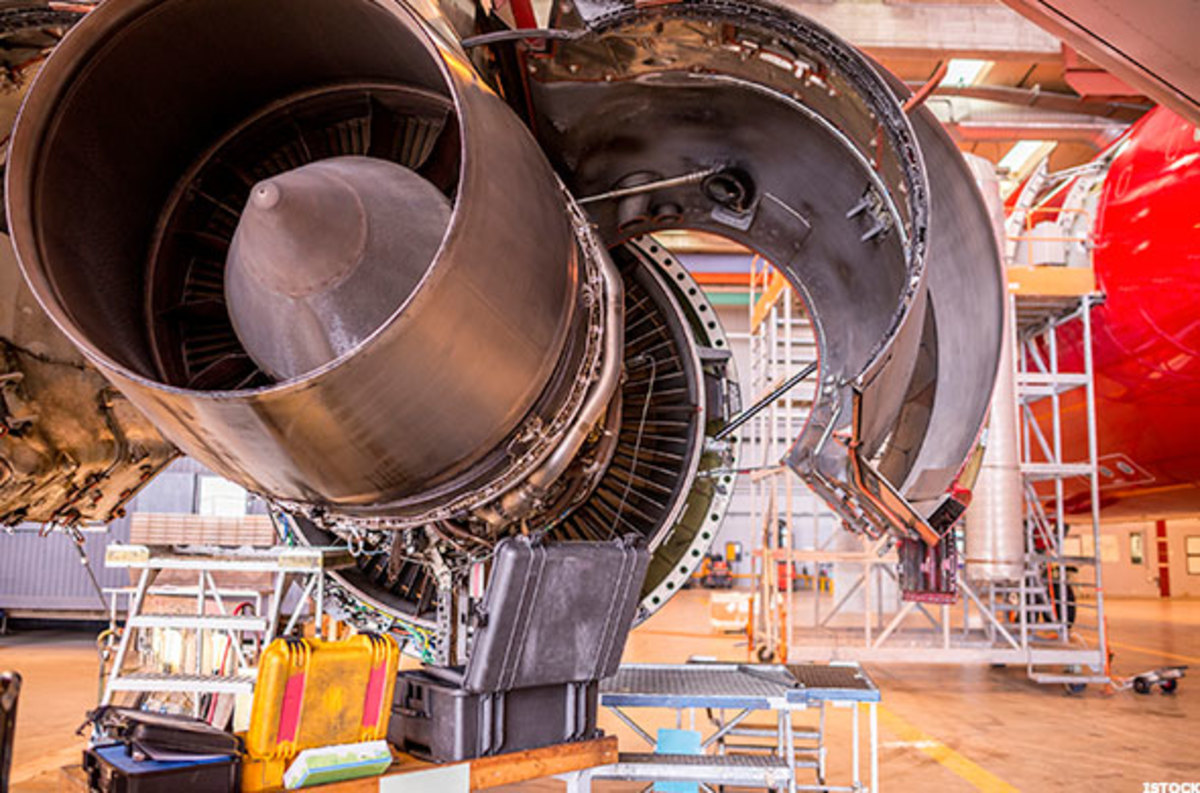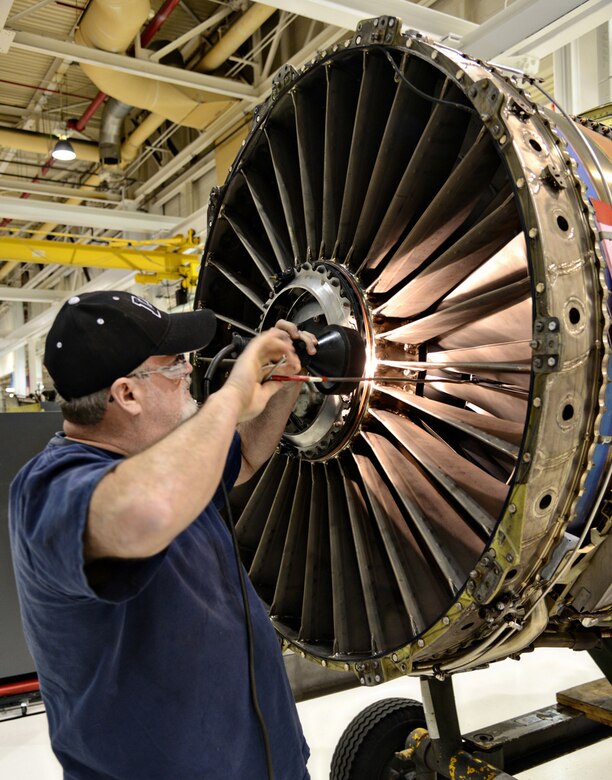Is it possible? Sure, but I think that it [redesignation to B-3] is infinitely improbable.
"B-52J" would be proper with the engine and other changes, but that would incur the cost of revising probably hundreds of thousands of pages of technical documentation (including flight and maintenance manuals) associated with the aircraft. Remember that the Air Force, for political reasons (primarily to not confuse the congresscritters), maintains two engine configurations (F100 and F110) under each of the F-16C and F-16D designations.
My smartass prognostication as an armchair designationista based on how the Air Force really operates? B-52H Upgrade, Block 1 Extreme, Increment A Plus Plus. (TM)
Edit: Forgot the Trademark. Probably needs a Copyright, too.








